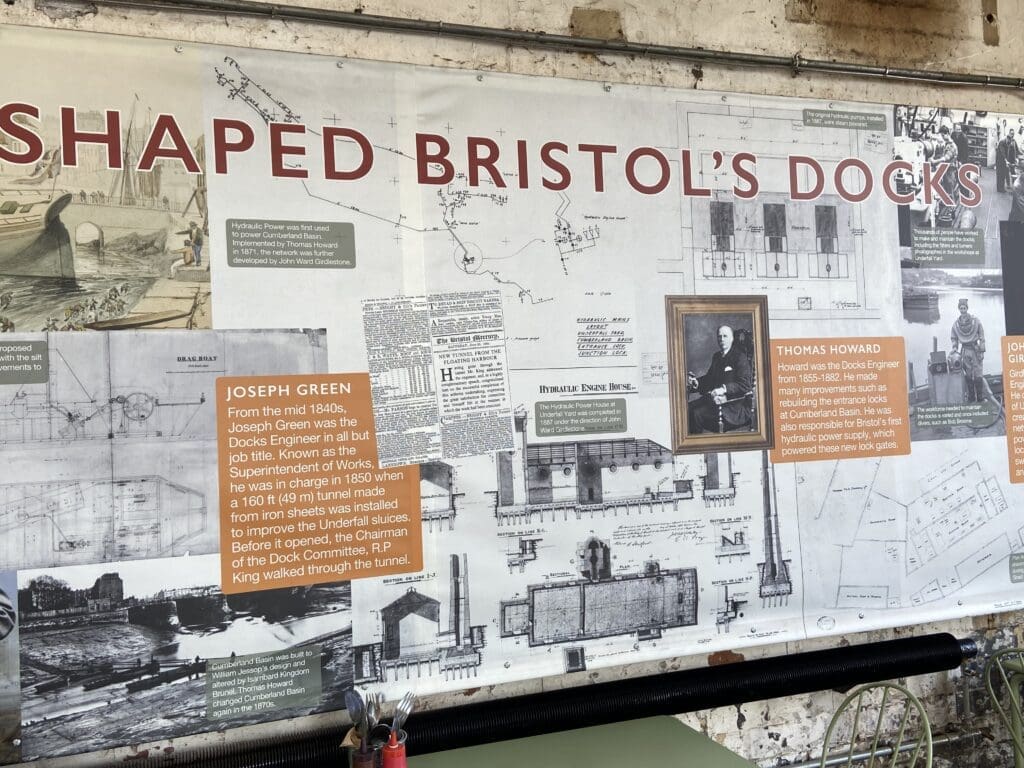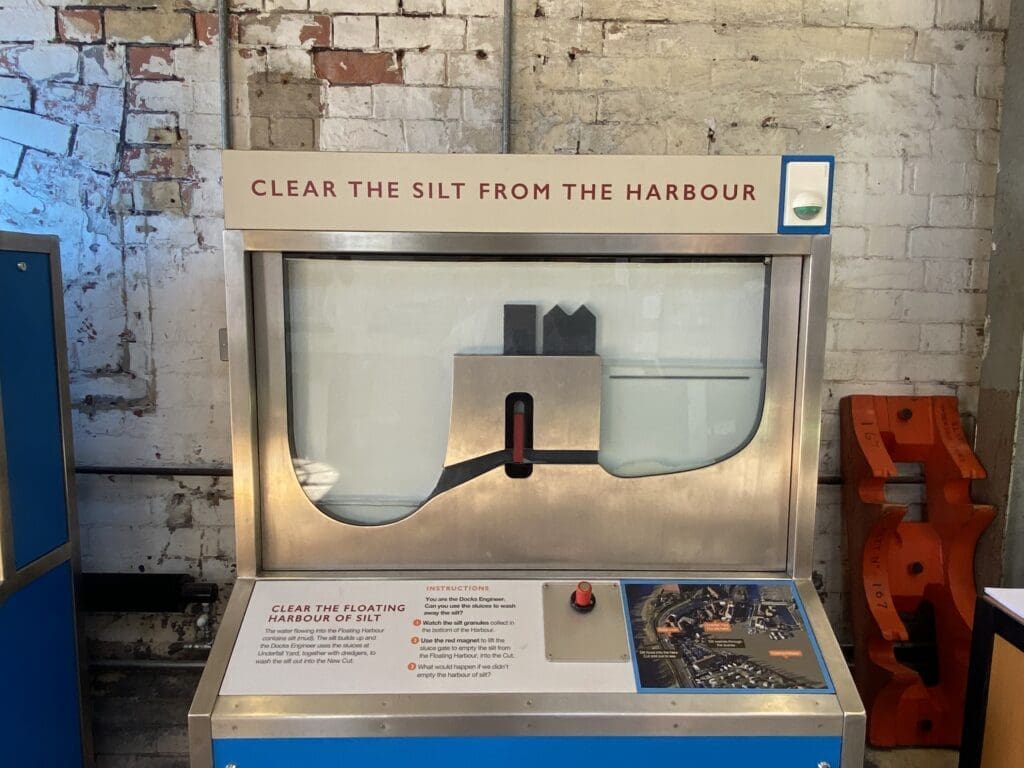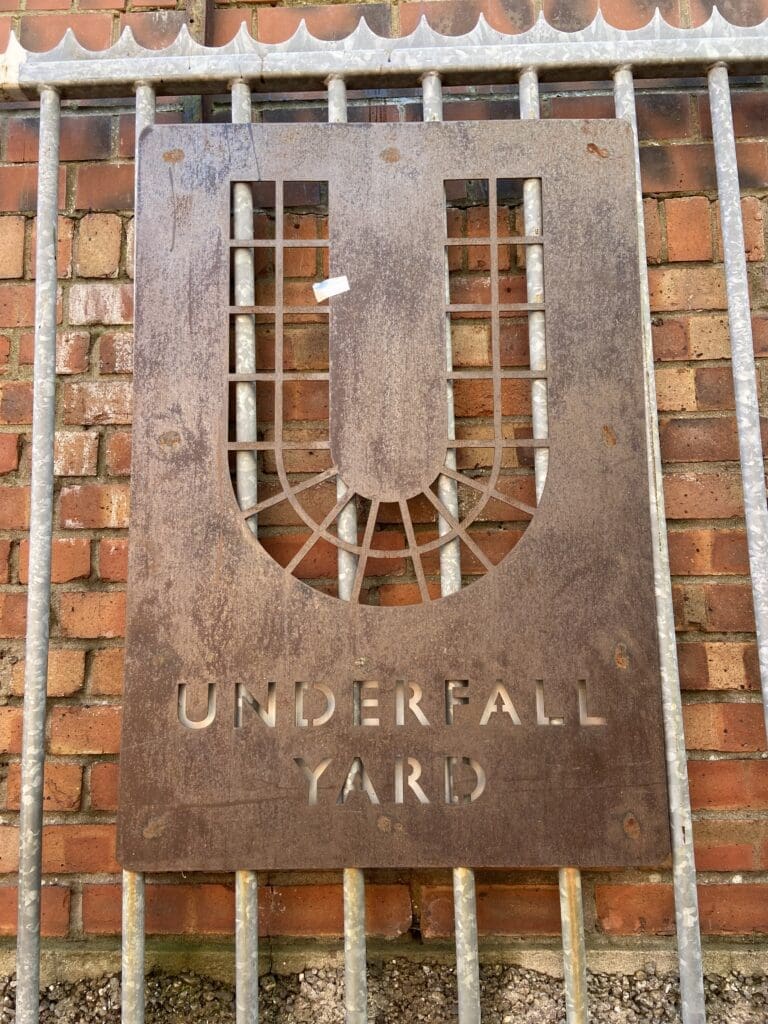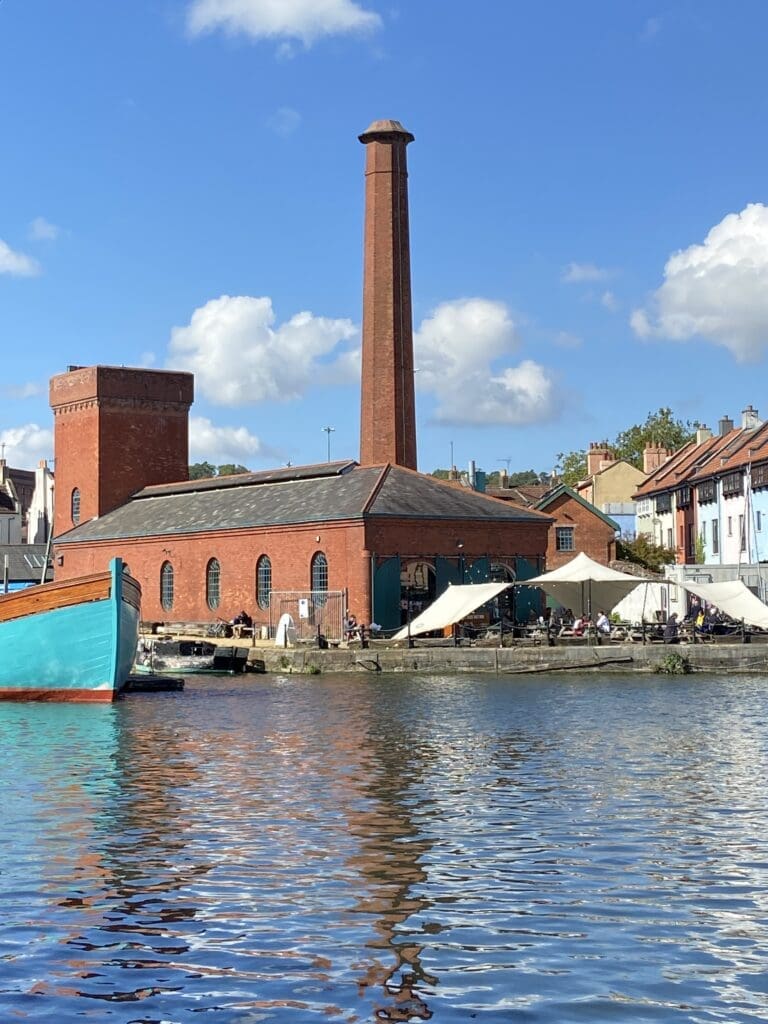Nicola Lisle, in words and pictures, discovers an historic boatyard open to visitors at the heart of Bristol’s famous Floating Harbour.
Clifton’s iconic Suspension Bridge and the SS Great Britain grab the lion’s share of attention in Bristol, but for anyone with an interest in the history of river and sea trade in this ancient port, a visit to the 19th century Underfall Yard is a must.

UNDERFALL Yard dates back to 1809, when civil engineer William Jessop was contracted to create a ‘floating harbour’ that would overcome the problems presented by the tidal River Avon by maintaining water levels and preventing ships from being stranded at low tide.
Jessop – who already had an impressive track record with his projects on numerous canals and navigations throughout the UK – came up with a plan to divert the course of the Avon from what is now the Underfall Yard area into an artificial waterway, the New Cut, which was constructed between 1804 and 1809.

The scheme included the construction of the Overfall Dam to allow surplus water to flow into the New Cut. Unfortunately, the river water brought with it large amounts of silt, which gradually built up and reduced the depth of the harbour. The two sluices next to the dam only provided a temporary solution, and every so often more drastic action was needed – emptying the harbour so that the silt could be dug out, causing major disruption to shipping and trade.
It was left to Isambard Kingdom Brunel in the 1830s to solve the problem by developing the sluices to improve their efficiency and to use dredgers to remove silt from the harbour.

The yard was rebuilt in the 1880s under the supervision of docks engineer John Ward Girlestone to accommodate all those employed in maintaining the docks, from plumbers, electricians and blacksmiths to engineers and shipwrights.
By the 20th century, the yard was falling into disrepair. The Underfall Yard Trust was formed in the 1990s to restore the yard and its buildings, and it is now home to a range of workshops and maritime enterprises. The maintenance of the Floating Harbour is still controlled from Underfall Yard, which is now one of the few surviving Victorian working docks in the world.

The visitor centre opened in March 2016 in the former Hydraulic Power House. Here you can find out about the Underfall sluices and how they work, learn more about the history of Underfall Yard through a giant interactive map – complete with digital screens, memory games and quizzes – and discover some of the people who helped shape Bristol’s docks through a large wall display. Try your hand at the three magnet-operated interactive games, where you can have a go at moving a boat through a lock, stopping the harbour from flooding and clearing the silt from the harbour. The centre also houses a café, with indoor and outdoor seating.
The adjacent Pump Room houses three large pumps which were installed in 1887 and converted from steam to electricity in 1907. They remained in operation until 2010. Also on display are the accumulators – large weights operated by the pumps to push water through the pipes at high pressure. You can see the pumps and accumulators in action at certain times; details are available in the visitor centre, which also holds information about opening times for the historic workshops and the sluice room.

Elsewhere in the yard you can see the slipway, which dates from 1890. Originally hydraulically driven, it was converted to electricity in 1924 and is still used for the maintenance and repair of boats. At the main entrance to the yard, you will see a large, upturned buoy. Known as the Campbell Buoy, this once provided mooring for paddle steamers near Underfall Yard.
Underfall Yard is the perfect place to immerse yourself in Bristol’s river and maritime history and to enjoy a bite to eat at the visitor centre café with its glorious views across the water. Nearby you have SS Great Britain, the M Shed, and a mix of modern and historic ships to enjoy along the Floating Harbour.
Visitor information:
Underfall Yard
Cumberland Road, Bristol BS1 6XG
Visitor centre, café and boatyard open daily; see website for times.
Admission free.
Getting here: By ferry (nearest stop Cottage Inn) www.bristolferry.com; bus from city centre www.firstbus.co.uk/bristol-bath-and-west; on foot – approx. 1.5 miles from city centre (follow Harbourside Walk blue signs). https://visitbristol.co.uk/plan-your-visit/travel-information/ for more detailed information about travelling to and around Bristol.




